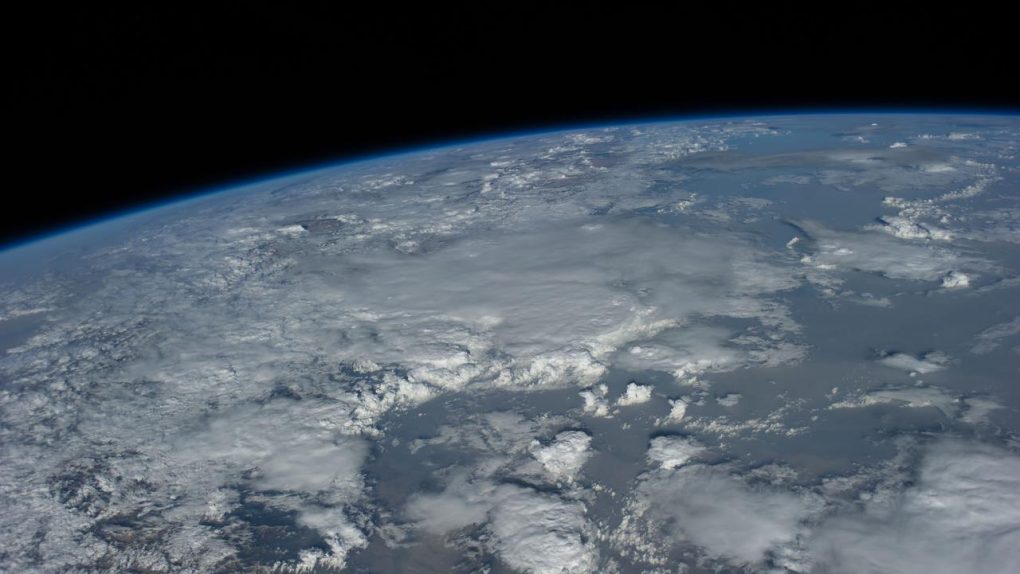When you picture the Earth spinning in space you imagine it rotating just like a globe does, with two static poles and a line running from north to south. Unfortunately, things aren’t nearly that simple, and as conditions on Earth change so do the locations of the North and South poles. Scientists have known this for some time, but in recent years the poles have begun to drift faster and more dramatically than they have in the past. There have been many theories as to why this axis drift is happening, but a new study published in Geophysical Research Letters pins it on climate change, which means it’s almost certainly our own doing.
In the paper, researchers draw a clear link between the increase in ice melt due to global warming and the more dramatic shifts in Earth’s axis. The key is that as the ice melts it results in the transfer of mass from a static point on Earth to the oceans. This changes the way the planet moves in space and, as a result, causes a wobble that is measurable in the motion of our planet’s poles.
When water freezes into glaciers that are static on land it constitutes what is known as terrestrial water storage. Global warming has resulted in a dramatic reduction in terrestrial water storage in many parts of the world, and when that ice melts the resulting water joins Earth’s oceans.
The researchers used models to simulate Earth’s polar drift after the 1990s using two sets of data. One is based on a stored water loss rate from 1981 through 2020, using data from 2002 through 2020 and stretching it out over an additional two decades. The second model assumes that the ice melt rate increased as observed from 2002 through 2020, meaning that it wasn’t as dramatic in the decades prior. As you might have guessed, the second model is the one that much more closely resembles what scientists are observing now with regard to the Earth’s axis.
“The accelerated terrestrial water storage decline resulting from glacial ice melting is thus the main driver of the rapid polar drift toward the east after the 1990s. This new finding indicates that a close relationship existed between polar motion and climate change in the past,” the researchers write.
How this axis shift might change as we move forward is anyone’s guess. If we can’t get climate change under control, the axis drift is likely to not only continue but become more dramatic as the years pass. We’ve never dealt with something like this before so we have very little information to go on if we’re trying to predict how severe polar drift might change our planet’s climate and, as a result, daily life.








